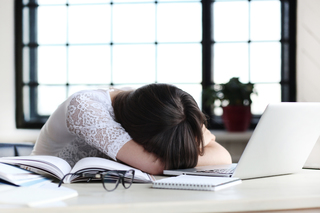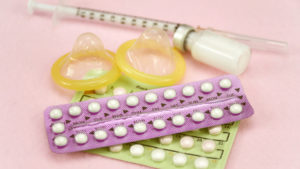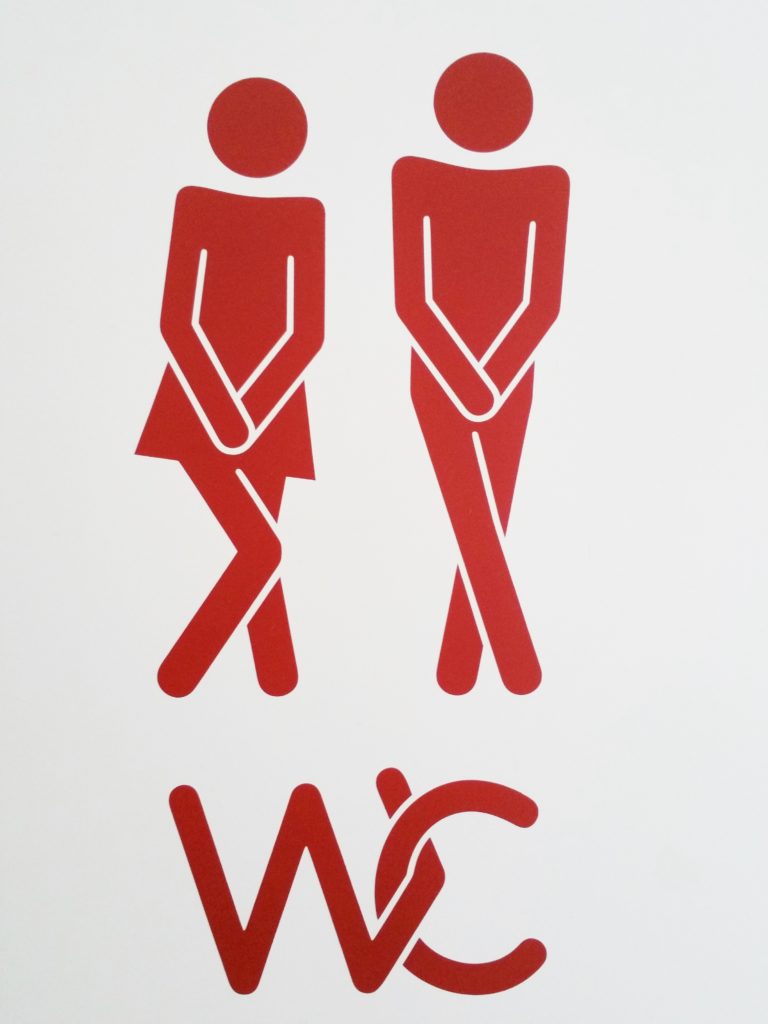Are Hormones Interrupting Your Sleep?

Hormones can mess with your sleep? Oh yes, honey, and I wished someone would have warned me when I was younger. Hormones are involved in many processes in the body. In fact, the rise and fall of hormone levels have been known to affect sleep. Therefore, hormonal changes can have some unintended consequences on our sleep patterns. To better understand this, though, we must take a quick dive into the menstrual cycle.
Although the menstrual cycle is often taught to have four phases, scientific studies and research often divide it into two main phases: the follicular (includes menstruation) and luteal phases (includes ovulation).
Follicular Phase (Phase I): Day 1 of menstruation to ovulation.
During phase 1, the hormone estrogen rises in concentration until ovulation or the release of an egg from the ovaries. Estrogen during this time acts as an energy supplement. Think “I could go on an endless run right now” kind of energy. Luckily sleep disturbances are also much less common during Phase I of your menstrual cycle. You are on top of the world! Too bad it doesn’t last forever.
Luteal Phase (Phase II): Begins after ovulation.
At ovulation, estrogen has peaked, and progesterone starts to rise, which can raise your core body temperature. The increased temperature can lead to night sweats and decreased comfort, which can lead to poor sleep. So it’s got to get better from here, right?!
I wish I could say that it does, but for some women, especially those with Premenstrual Syndrome (PMS) symptoms, the late Luteal Phase is the worst for sleep quality. Women with PMS are more than twice as likely to have insomnia before or during their periods. In addition, some studies have shown a decrease in the amount of melatonin in women with PMS symptoms which makes it harder to fall asleep during this part of the menstrual cycle. On top of that, the amount of time spent in restorative REM sleep for women having PMS symptoms can also decrease. Some of this change may be related to physical PMS symptoms such as cramping, bloating, or headaches, but mood changes caused by PMS are also thought to be involved.
Menopause and Perimenopause
Insomnia, poor sleep and overall fatigue are among the most frequent health complaints of perimenopausal women. Sure, our never-ending task list might have something to do with our lack of sleep, but it’s also our hormones. As we age, estrogen plummets, and I mean Tom Petty- Free Fallin’ type of plummet. In fact, after menopause, the body stops producing most of the estrogen and starts to only produce small amounts of estradiol and estrone. This is why estrogen replacement therapy (ERT) has become a major success for those who experience hot flashes, night sweats, insomnia, etc. It is believed that ERT improves sleep by alleviating vasomotor symptoms. In addition, estrogen has powerful effects on body temperature regulation, circadian rhythms, and stress reactivity. Research is still working through this, and many findings are speculative at the moment, but it is finally attracting attention.
What can I do to fix my bad sleep?
No matter what the cause of your poor sleep is, there are some generic things that you can do to help it get better! Improving your sleep hygiene is a crucial factor that you actually can control. This includes limiting caffeine, getting some sun, exercising regularly, reducing the light and noise in your bedroom, and developing a calming bedtime routine. If you are already doing all of this right and it isn’t helping, you may want to talk with a provider. Sometimes our hormones are to blame, and that perfect night’s sleep may only be one hormonal contraceptive or ERT away!
References:
https://www.sleephealthfoundation.org.au/pdfs/Menstrual-Cycle-and-Sleep.pdf
PMS and Insomnia | Sleep Foundation
https://www.webmd.com/women/pms/features/why-pms-gives-you-insomnia
https://www.webmd.com/sleep-disorders/features/women-hormones-sleep-problems
Reproductive hormones, aging, and sleep – PubMed (nih.gov)
Sleep and Premenstrual Syndrome – PubMed (nih.gov)
Premenstrual dysphoric disorder: Different from PMS? – Mayo Clinic





